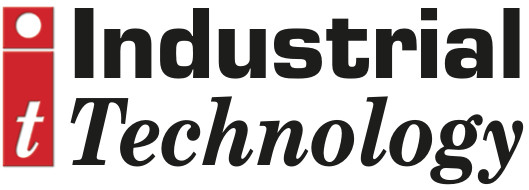
Posted to News on 27th Nov 2024, 16:30
Drive system specification is crucial when precision matters
Demands on the precision drive system market, covering applications ranging from robotics through to medical implants, continue to push needs in precise control with more compact designs. maxon UK and Ireland's managing director, William Mason, explains how engineering support in the drive system market has developed - and where it's going.

(See maxon at Machine Building North, 10 April 2025, on stand 83)
Over the past 25 years, the precision drive system market, involving DC and brushless DC motors up to around 750W, has continued to develop progressively compact, torque-dense systems, with greater control. These advances have enabled design engineers to specify electric drive systems, which also comprise gears and controls, that are increasingly specific to task.
The biggest change in drive system development has been the complexity of projects, including modifications to create completely bespoke motors. 20 years ago, modifications might have involved a customised shaft or a cable change. Today, drive systems can be designed from scratch. Instead of the customer fitting their needs around what is available, now drive systems are designed to fit customers' exacting requirements.
Applications where performance is the most critical have benefitted the most. This has changed the market focus for precision drive system manufacturers like maxon, where high-volume OEMs require custom development.
Today, our biggest market in the UK is aerospace, followed by the medical sector, which is growing fast thanks to developments such as patient-implantable devices. The continued growth of robotics, with use spreading across more and more sectors, is also important.
The demand for customisation
The ability to develop a customised drive system is dependent on the experience and expertise of the engineers responsible for specification. This role has become increasingly important as application needs have become more demanding.
Today, design engineer customers frequently provide a detailed specification of requirements. As a result, it's crucial for locally based, front-line engineers to carry out a thorough review and create an accurate design concept. Getting that stage right is essential for the R&D and manufacturing teams to develop a drive system that best achieves the neds of the application.
Responding to the shifting demand for customised development, maxon has invested in its UK and Ireland engineering team to support customers in drive system specification. All the team have engineering degrees as well as backgrounds in engineering. This means that when we talk to a customer about their application, our team understands the requirements on the drive system and the possibilities in customisation that can be achieved.
This knowledge extends into specialised sectors where distinct demands are supported by a top-down approach that spans R&D, material sourcing, and manufacture.
Developing complete drive systems
Particularly for sectors where motor performance is critical, industrial standards are now commonly applied, covering component and material traceability, design criteria, as well as production. Recognition of EN ISO certifications for the medical and aerospace industries, for example, have been crucial for drive system manufacturers to achieve.
The push for standards has coincided with the trend for complete drive system development, rather than providing the motor-only. This includes the gear head, a feedback device, as well as a controller for speed, torque, and position, and if necessary, a controller to coordinate multiple axes.
Design and assembly of a complete drive system can reduce development time for the customer, be that an OEM or project engineering team. Most importantly, relying on a dedicated motor engineering team to develop a turn-key drive system can increase performance for real world use.
Since the 2018 acquisition of the Poole-based motor manufacturer, Parvalux, this has widened maxon's capabilities, adding right-angle geared motors, higher power AC systems, as well as DC motors for consumer and industry-scale markets. The partnership has also enabled combined technology projects, such as pairing a flat, brushless DC maxon motor with a Parvalux right-angle gearbox to create a compact, automated door control system.
Future market demands in precision drive systems
Concentrating on the core market of precision drive systems, customer requirements will push further developments in future. Drive system manufacturers are likely to become more involved with software programming for controllers as we continue to see the developing need for complete, turn-key systems.
The DC motor itself has been around for a long time and it won't fundamentally change. However, we will see improved tolerances and magnet strength, creating more powerful motors for their size. Today's primary need for precise, compact, and highly reliable drives will be even more in demand in future as OEM's look to increase the performance and efficiency of their systems.
Whatever the scale, the success of future projects involving precision drive systems will continue to rely on first-hand engineering expertise from outset. The higher the demands on the drive system, the more important that initial design concept will become.






